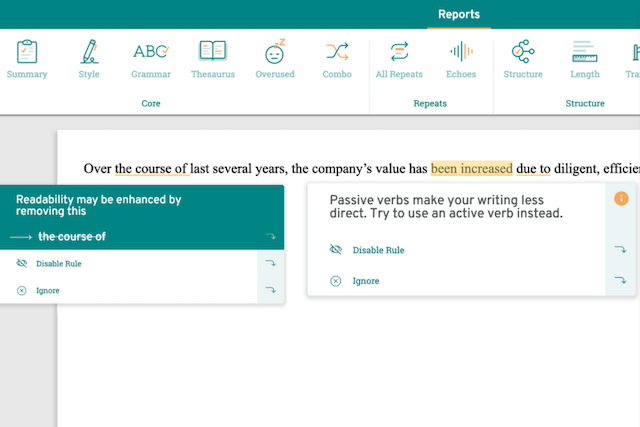
Editing for clarity and conciseness is no easy feat. It’s easy to get bogged down in too many unnecessary words or lengthy explanations when we write, and then we have to fix it!
We understand what we wrote because we wrote it. This means it’s hard to know what to cut or reword to make our writing clearer. This is true for academic writing, business writing, blogging, and even fiction!
How do you know where to start? This is where the Paramedic Method comes in.
What Is the Paramedic Method?
Professor Richard Lanham created the Paramedic Method in his book, Revising Prose. It’s a strategy to combat what he calls “overwriting”—or too much repetition and extra words. It’s an editing strategy that performs “first aid” on your writing, much like a paramedic.
The Paramedic Method consists of seven steps, and they are easy to follow. Other sources have modified versions, and some put the steps in a different order, but they are all essentially the same. We’re using the Purdue Online Writing Lab for guidance.
- Circle (or highlight) the prepositions.
- Draw a box around (or underline) the “is” verb forms.
- Ask, “Where’s the action?”
- Change the “action” into a simple verb.
- Make the “doer” the subject.
- Eliminate any unnecessary slow wind-ups
- Eliminate any redundancies.
Let’s look at this process step by step.
Steps 1 and 2: Prepositions and Verbs
The first step is to circle or highlight all of the prepositions. It’s easiest to go sentence by sentence, but you can also do this step over the entire document for expediency. Remember, prepositions are words like in, on, of, to, over, about, and (sometimes) for.
Second, draw a box around or underline the “is” verb forms. These include am, is, are, was, were, be, being, and been.
Doing this allows you to see where the action is in your sentence, which is step three. Let’s take a look at the example below.

Steps 3, 4, and 5: Find the Doer and Make Them Do the Action
The action in the example above is “has been increasing.” The next step is to turn that into a simple verb: increased.
But what is the subject? Who is the “doer” who has increased the company’s value? It’s the diligent, efficient managerial processes. We want to rearrange the sentence so that subject comes first. Currently, the object is first, which makes the sentence passive.
Here’s the revised version. It’s already easier to understand.

Steps 6 and 7: Eliminate Wordiness
Step 6 tells us to eliminate any unnecessary slow wind-ups. These are extra words at the beginning of your sentence that don’t add any real meaning. Usually there is a simpler way to get your point across.
Finally, we want to eliminate any redundancies and clean up our word choice. Here, diligent and efficient are illustrating the same point. Additionally, we can say that “managerial processes” is a redundant phrase for “management.” Your audience knows that management puts processes in place.

Clearer, Concise Writing
Now, let’s look at our final sentence. Isn’t that easier to understand?

The Paramedic Method is an easy fix for making your writing tighter, more succinct, and easier to understand.
ProWritingAid can help by identifying your passive sentences and pointing out unnecessary wordiness so that you don’t have to trawl through your manuscript with a highlighter.
 .
.
Do you like this method for editing your writing? Let me know in the comments!

